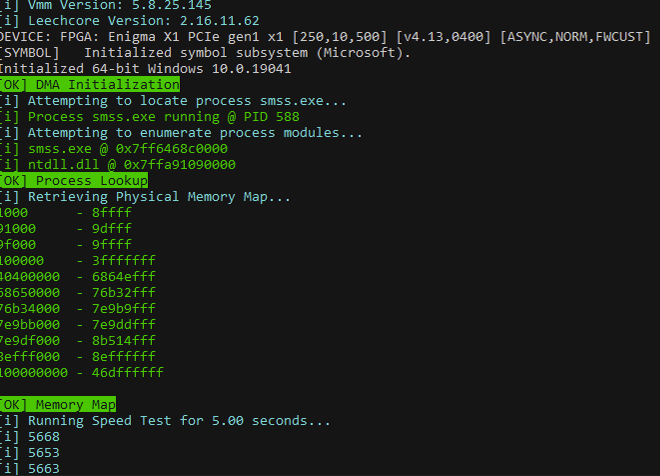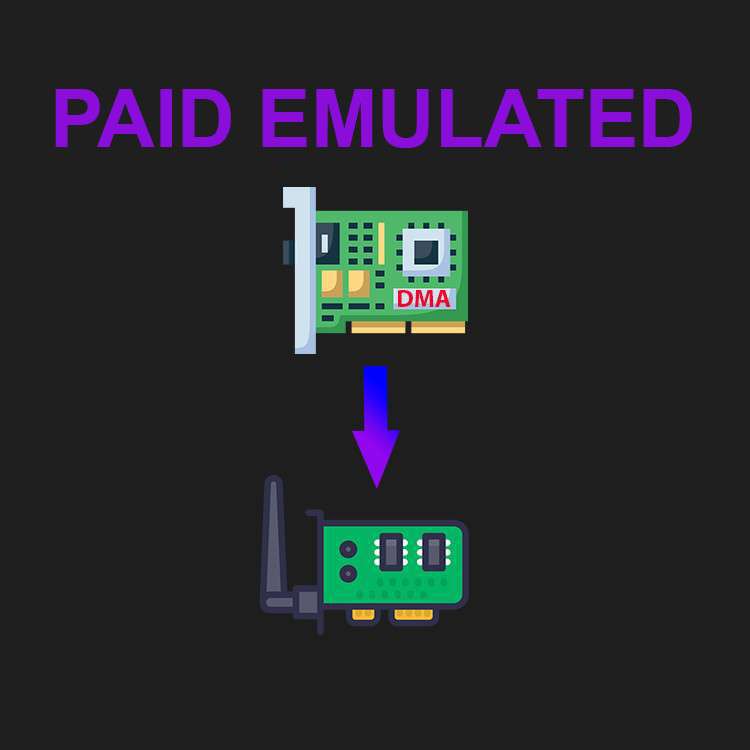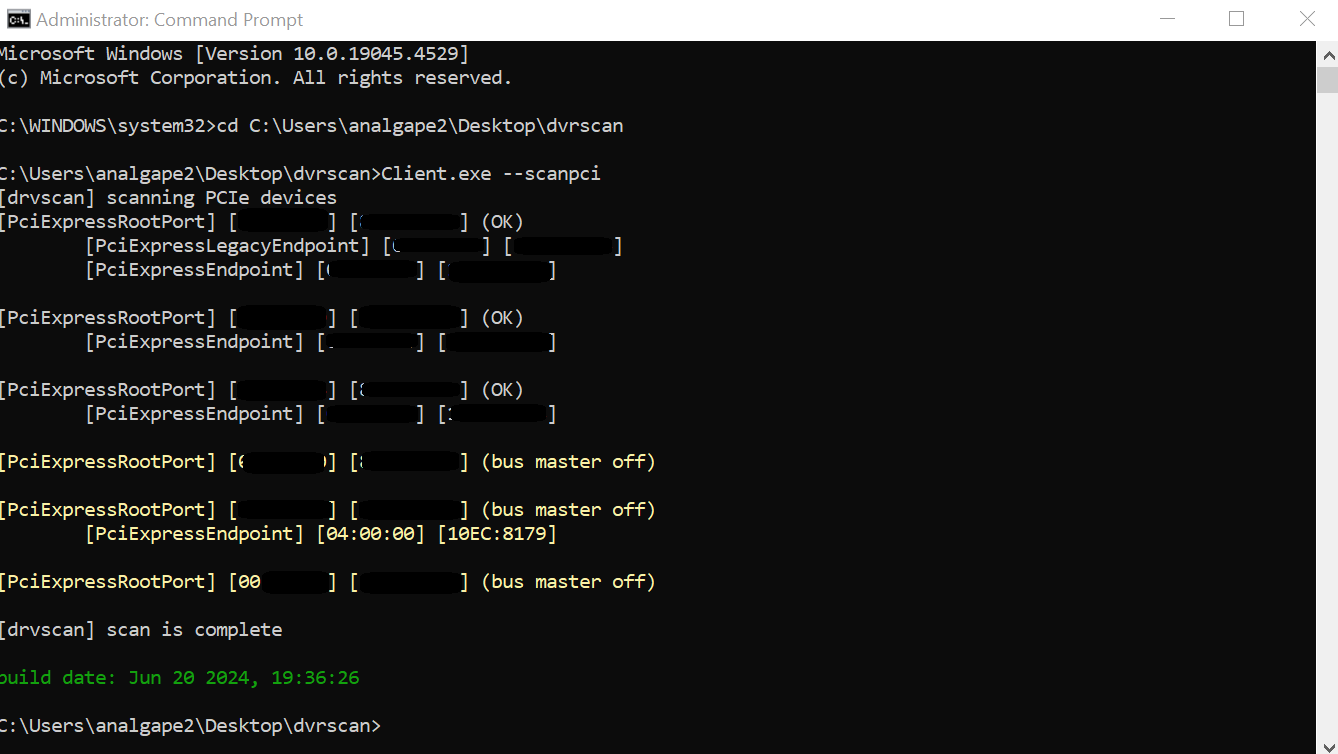Phoenix Labs DMA Firmware
Free Firmware + Creation Guides
Several public and free firmware options are available on the market. Fortunately, we at Phoenix Labs have already researched the firmware market, saving you time. While we sell firmware, we also prioritize transparency and knowledge-sharing. We want to empower you by sharing the methods behind firmware creation, enabling you to do it yourself. In this section, you will find various methods for creating DMA firmware along with free public firmware for testing or learning purposes with your DMA card. We tailor these resources for both beginners and advanced users, ensuring everyone can benefit from our research. We curate each resource and credit the original authors, respecting and acknowledging intellectual property.
Paid Emulated Firmware
Our paid DMA Firmware specifically utilizes the configuration space of a legitimate PCI device. This method ensures that your DMA card appears in your device manager as a real PCIE device. Additionally, this firmware type serves as the most common and reliable solution against lower-level anti-cheat measures. However, we do not provide dma cheat firmware solutions for higer level anticheats. If you need assistance with that, please reach out, and we’ll guide you in the right direction. All of our Emulated firmware builds will lock to your DMA card’s DNA, preventing accidental sharing of the firmware file and ensuring that only you can use it.
Firmware Guides

Lone DMA Test Tool
This will cover the general usage of the lone dma test tool. It is a good rule of thumb to always use the tool before attempting to load any cheats or…

Donor Card .tlscan
This guide will cover how to option a .tlscan file from a PCI device on your computer. Our donor firmware store option requires the use of a .tlscan file to create the firmware. There are many other uses for this file as well. To begin..





